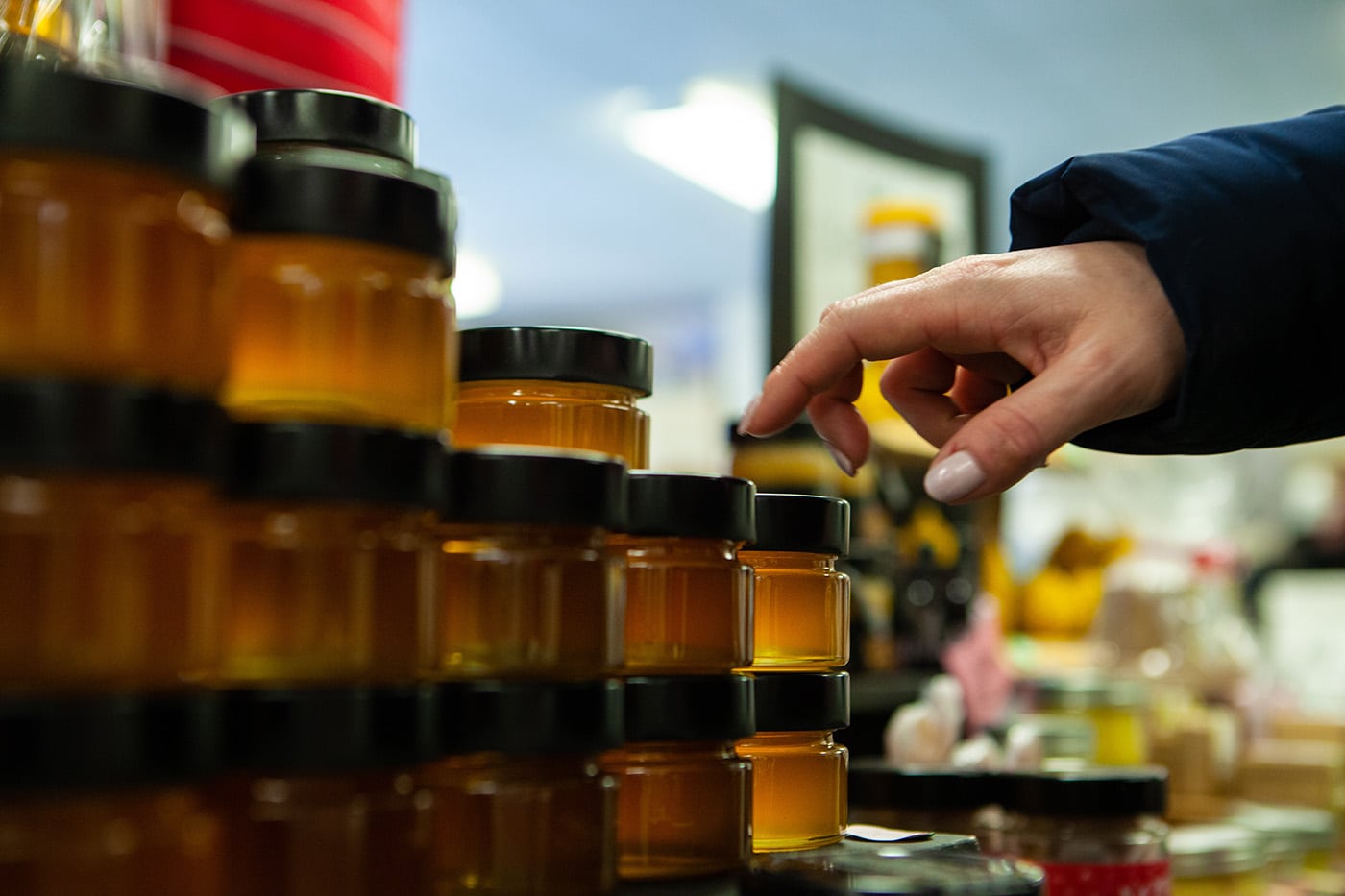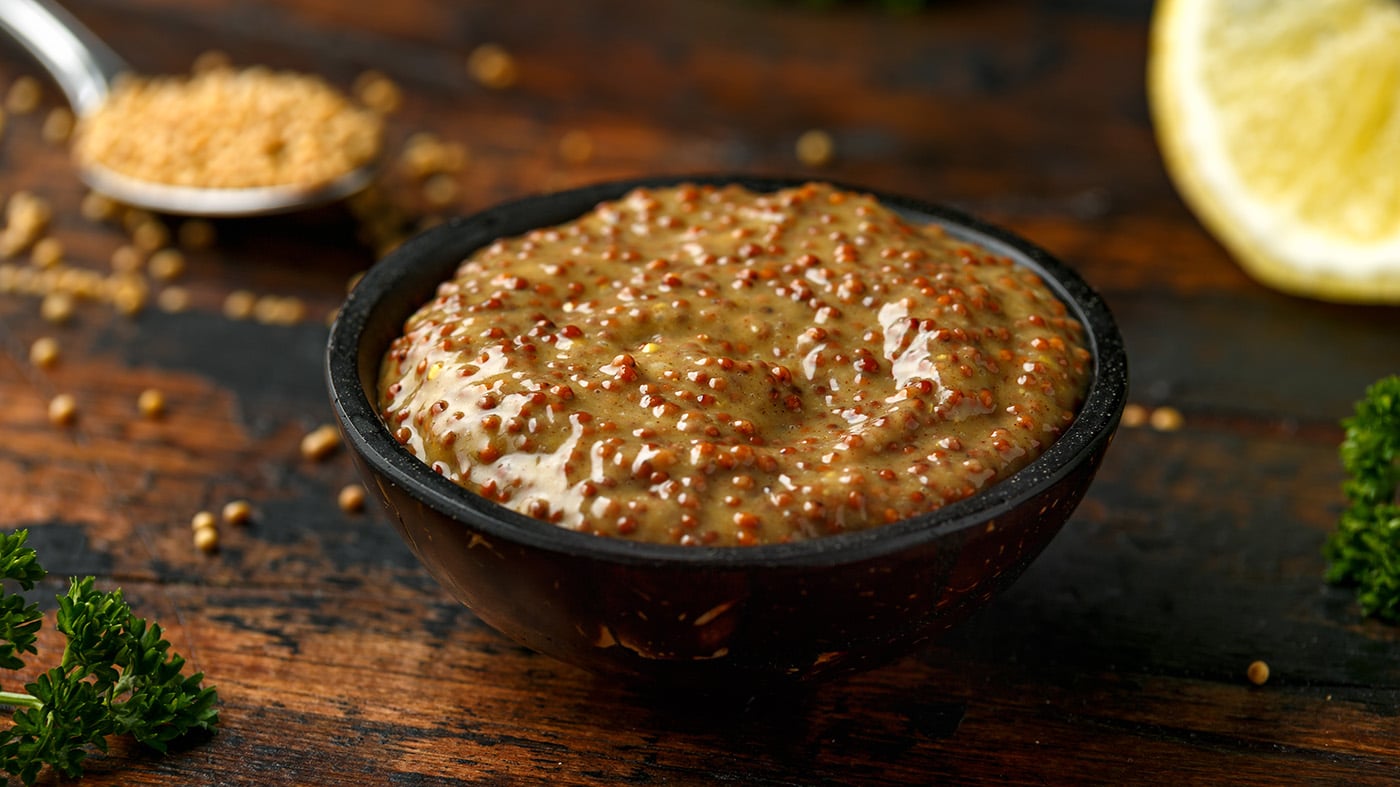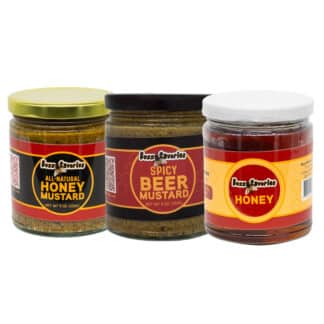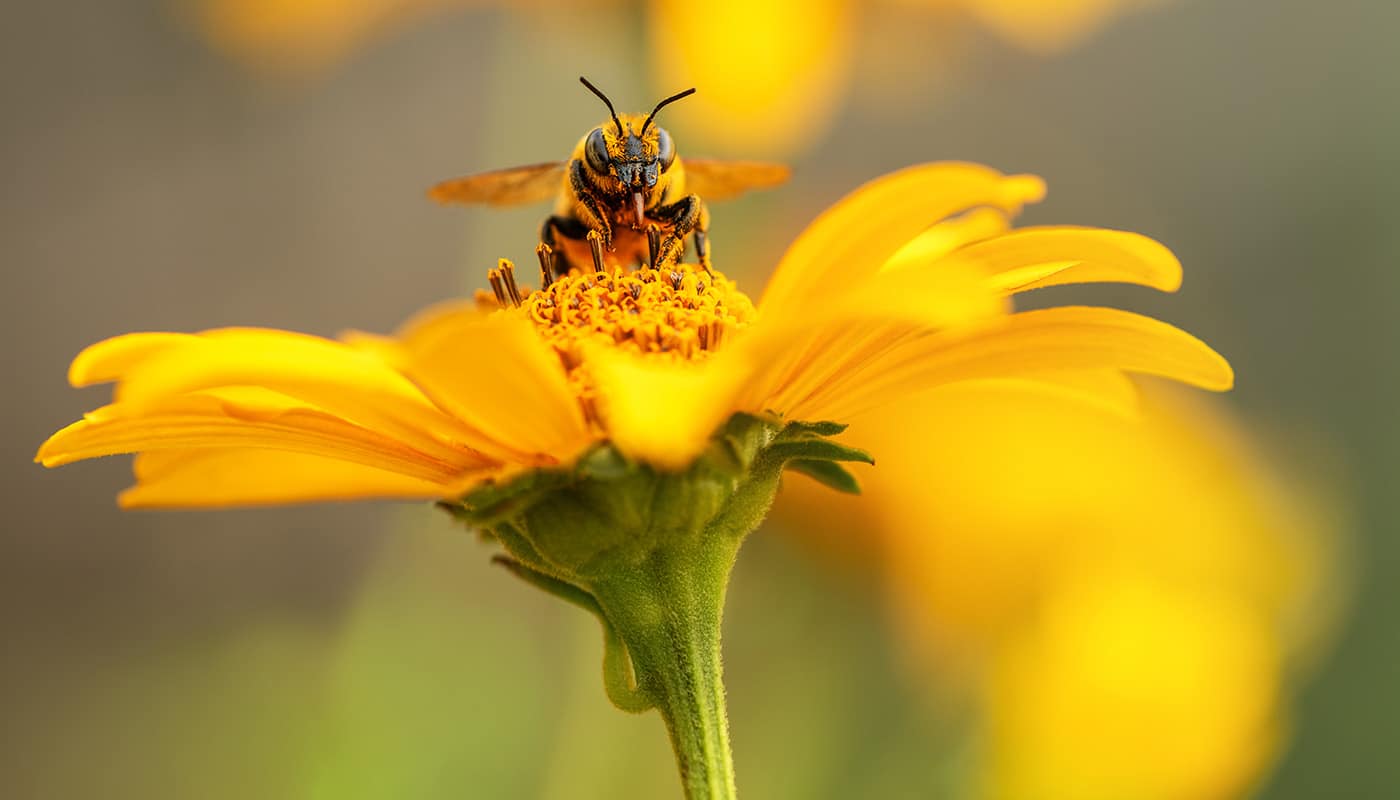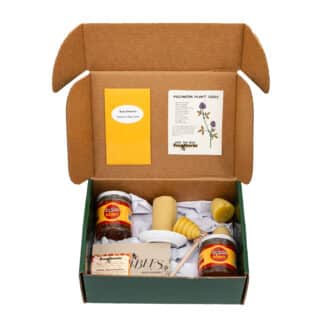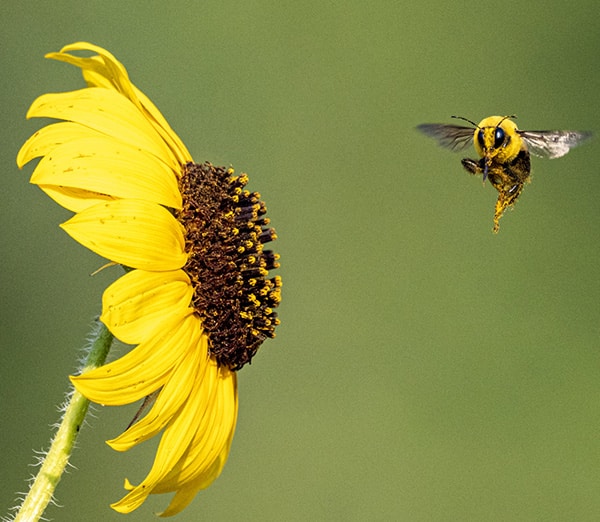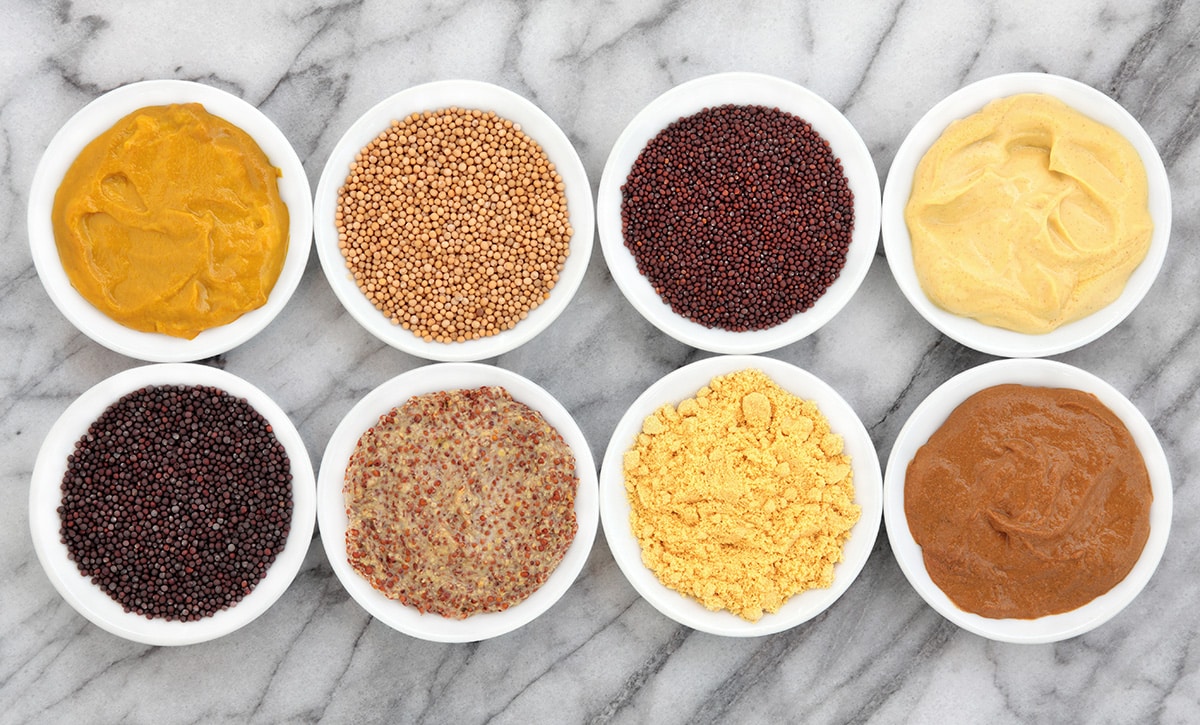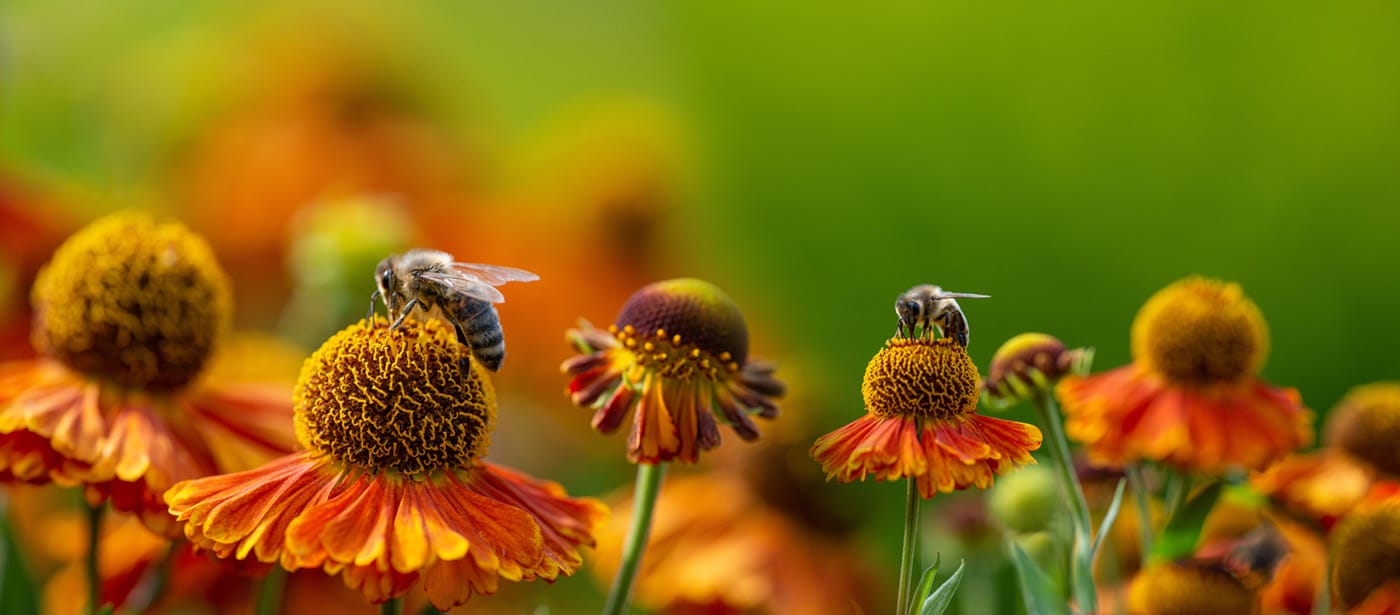
Pollinating New Year’s Resolutions
Here’s something to contemplate as you consider the new year, and with a little help from the Pollinator Partnership, some easy ways to make the world a better place .
According to the USDA, three-fourths of the world’s flowering plants and more than a third of the world’s food crops depend on animal pollinators to reproduce. More than 3,500 species of native bees help increase crop yields with the help of animal pollinators like butterflies, moths, birds and bats, and beetles and other insects.
That makes pollinators vitally important to every human on earth. The trouble is that the habitat for pollinators is shrinking at an alarming rate, and one thing we’ve taken to heart is if you want to have honey, you have to protect the bees, and if you want to protect the bees, you have to protect where they live.
The Pollinator Partnership offers us ten New Year’s resolutions you can adopt to help preserve pollinator habitat where you live. Do as many as you can. We think they are all worthy of your consideration.
- I will plant native flowers, grasses, shrubs and trees in my yard and garden, promote the use of native plants to other gardeners in my area, and collect native seed from my garden to share with neighbors.
- I will provide food for pollinators all year by having spring, summer, and fall blooming plants in my garden and yard.
- I will leave leaf litter, stems, twigs and logs in my garden for nesting bees and for butterflies to lay their eggs and overwinter.
- I will take steps to reduce or eliminate pesticide use on areas within my control.
- I will learn about invasive plants and do what I can to manage or eliminate them from my local landscape.
- I will make environmentally-friendly decisions to reduce my carbon footprint in order to help improve pollinator health and habitat quality.
- I will support pollinator-friendly farmers by buying local organic or low-spray produce.
- I will support my local beekeepers by buying local bee products like raw honey.
- I will volunteer to plant a pollinator garden in my community, and take part in local citizen science initiatives.
- I will continue supporting pollinator conservation organizations through my donations.
-
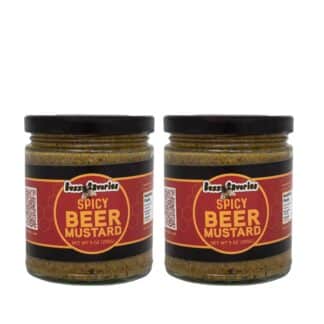
Spicy Beer Mustard
Rated 5.00 out of 5$25.00 Add to cart -

Mix & Match Sets
$25.00 Select options This product has multiple variants. The options may be chosen on the product page -
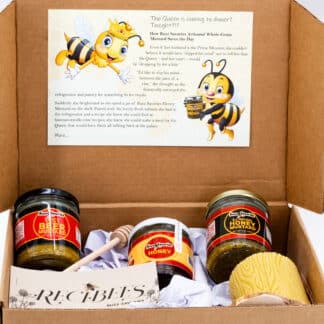
Spicy and Sweet Gift Set
$55.00 Add to cart



